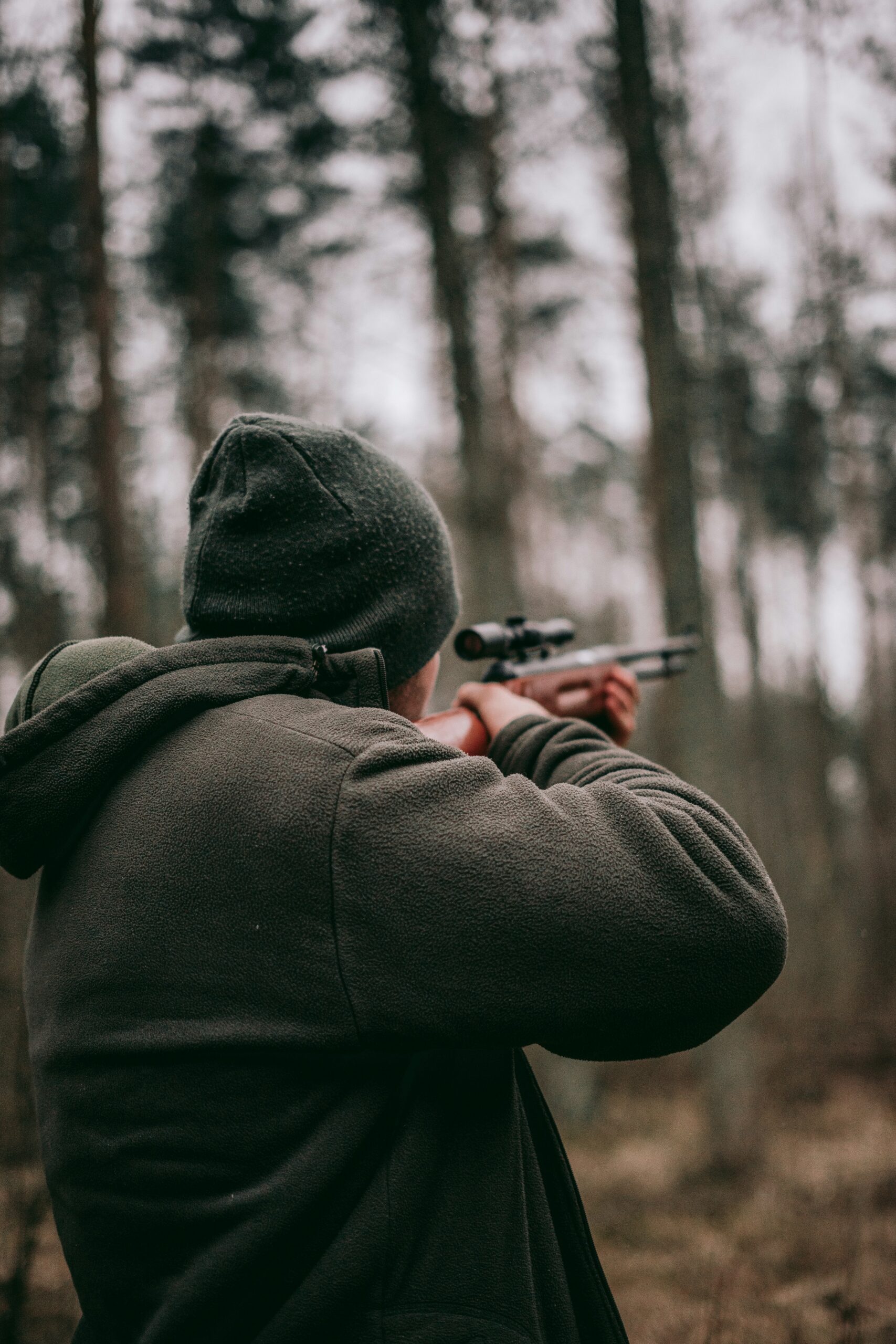Hunting Dynamics: Impact on Plant and Animal Populations in the Natural Environment
The Impact of Hunting Dynamics on Plant and Animal Populations in the Natural Environment
Hunting has been a part of human culture for thousands of years, providing food, clothing, and other resources. However, the dynamics of hunting can have a significant impact on plant and animal populations in the natural environment. In this article, we will explore the various ways in which hunting affects these populations and the importance of sustainable hunting practices.
1. Population Control
Hunting, when properly regulated, can help control the population of certain species. This is particularly important in cases where a species becomes overpopulated and threatens the balance of the ecosystem. By selectively hunting certain individuals, hunters can help maintain a healthy population size and prevent the negative consequences of overpopulation.
For example, in areas where deer populations are high, hunting can help prevent overgrazing, which can lead to the destruction of vegetation and the subsequent loss of habitat for other species. By reducing the number of deer through hunting, the ecosystem can remain in balance, supporting a diverse range of plant and animal life.
2. Trophic Cascades
Hunting can also have indirect effects on plant and animal populations through trophic cascades. A trophic cascade is a chain of events that occurs when a predator is removed or added to an ecosystem, leading to changes in the abundance and behavior of other species in the food web.
For example, the removal of a top predator, such as wolves, through hunting can result in an increase in the population of their prey, such as deer. This, in turn, can lead to overgrazing and a decline in vegetation. As the vegetation decreases, the habitat for other species, such as small mammals and birds, also diminishes. Thus, hunting can have far-reaching consequences on the entire ecosystem.
3. Conservation and Sustainable Hunting
While hunting can have negative impacts on plant and animal populations, it can also play a role in conservation efforts. Sustainable hunting practices, which prioritize the long-term health of ecosystems, can help maintain biodiversity and protect endangered species.
Conservation organizations and wildlife management agencies work together to establish hunting regulations and quotas that ensure the sustainability of hunted species. These regulations take into account factors such as population size, reproductive rates, and habitat availability. By adhering to these regulations, hunters can contribute to the conservation of species and their habitats.
Additionally, hunting can provide economic incentives for local communities to protect natural areas and wildlife. Revenue generated from hunting permits and fees can be used to fund conservation projects, support research, and promote environmental education. In this way, hunting can be a tool for both conservation and sustainable development.
Conclusion
Hunting dynamics have a significant impact on plant and animal populations in the natural environment. While hunting can help control population sizes and prevent overgrazing, it can also lead to trophic cascades and the loss of biodiversity. By implementing sustainable hunting practices and supporting conservation efforts, we can strike a balance between the benefits of hunting and the preservation of our natural ecosystems.
